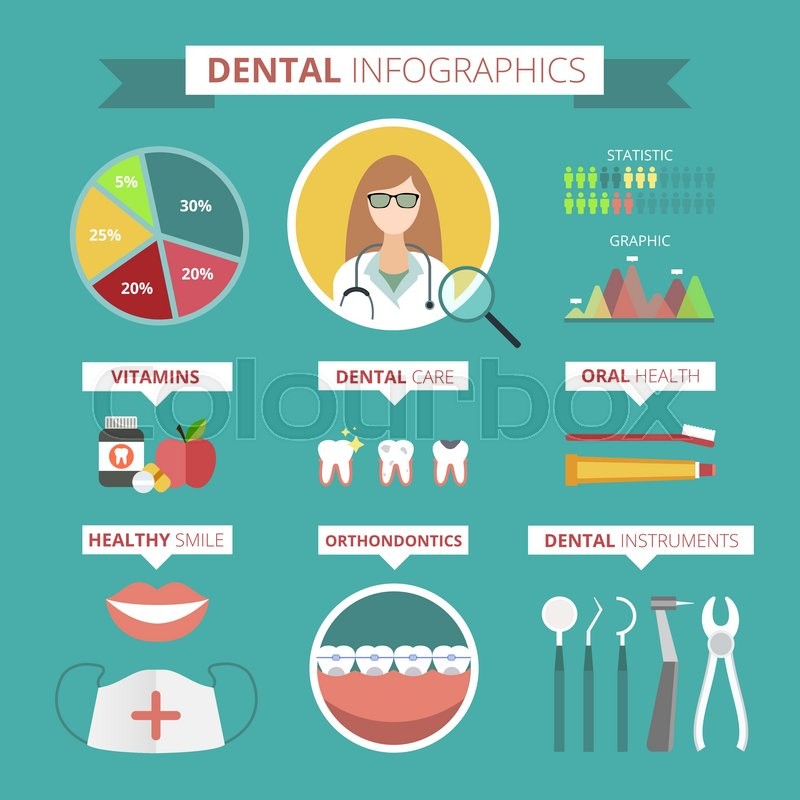The Horizon Of Dental Surgery: Revolutionary Innovations And Enhancements Shaping The Career
The Horizon Of Dental Surgery: Revolutionary Innovations And Enhancements Shaping The Career
Blog Article
Web Content Writer-Petersson Browne
Invite to the world of dental surgery, where technologies and developments are forming the future of the area! In this interesting realm, you'll witness the transformative power of robotics, the innovative marvel of 3D printing, and the game-changing effect of minimally intrusive methods.
The future of oral surgery holds a promise of precision, performance, and enhanced patient end results. With the help of advanced robotics, doctors are able to perform intricate treatments with higher precision and control.
3D printing modern technology is revolutionizing the development of dental implants and prosthetics, using customized remedies that fit effortlessly right into each patient's distinct composition.
Furthermore, minimally invasive methods are lowering post-operative discomfort and healing time, permitting clients to return to their lives faster.
Prepare to check out the exciting innovations and advances that are reshaping the landscape of oral surgery!
Improvements in Robotics
One significant advancement in oral surgery is using robot modern technology, which permits accurate and reliable surgical procedures. With the help of robot systems, oral cosmetic surgeons have the capability to perform complicated surgical procedures with enhanced precision, lessening the danger of human mistake.
These robotic systems are furnished with sophisticated imaging technology and accurate instruments that enable surgeons to navigate through detailed physiological frameworks easily. By making use of robotic modern technology, surgeons can accomplish better surgical accuracy, leading to enhanced individual end results and faster healing times.
On top of that, the use of robotics in oral surgery permits minimally intrusive treatments, minimizing the injury to surrounding tissues and advertising faster healing.
3D Printing in Oral Surgery
To boost the area of dental surgery, you can explore the subtopic of 3D printing in dental surgery. This cutting-edge technology has the prospective to reinvent the way oral doctors run and deal with patients. Below are four vital methods which 3D printing is forming the area:
- ** Customized Surgical Guides **: 3D printing allows for the production of highly accurate and patient-specific surgical overviews, boosting the accuracy and efficiency of procedures.
- ** Implant Prosthetics **: With 3D printing, oral cosmetic surgeons can create customized implant prosthetics that flawlessly fit a person's unique anatomy, causing better end results and person contentment.
- ** Bone Grafting **: 3D printing allows https://simonwzhjl.weblogco.com/33122408/learn-vital-insights-about-dental-implants-for-elders-and-uncover-essential-considerations-that-could-affect-your-smile-reconstruction-journey-what-will-you-discover of patient-specific bone grafts, minimizing the requirement for traditional implanting techniques and improving recovery and healing time.
- ** https://www.dailymail.co.uk/news/article-2306465/Autistic-man-teeth-pulled-dentist-Indiana.html and learning and Educating **: 3D printing can be utilized to produce practical medical versions for educational objectives, enabling oral specialists to practice intricate procedures prior to doing them on individuals.
With its possible to boost accuracy, personalization, and training, 3D printing is an exciting growth in the field of oral surgery.
Minimally Intrusive Methods
To better advance the field of dental surgery, accept the possibility of minimally intrusive techniques that can significantly benefit both surgeons and patients alike.
Minimally intrusive strategies are reinventing the field by minimizing surgical injury, minimizing post-operative discomfort, and increasing the healing process. These strategies include utilizing smaller incisions and specialized tools to do treatments with precision and efficiency.
By utilizing advanced imaging innovation, such as cone light beam computed tomography (CBCT), cosmetic surgeons can accurately plan and perform surgical treatments with marginal invasiveness.
Furthermore, the use of lasers in oral surgery enables specific tissue cutting and coagulation, resulting in minimized blood loss and decreased healing time.
With minimally invasive strategies, people can experience much faster recovery, decreased scarring, and enhanced outcomes, making it a necessary aspect of the future of oral surgery.
Conclusion
So, as you can see, the future of dental surgery is unbelievably appealing, with amazing advancements and breakthroughs shaping the field.
From the advancements in robotics to the use of 3D printing and minimally intrusive methods, oral specialists are changing the means they give care.
While some might fret about the possible expense related to these improvements, it is essential to keep in mind that these innovations eventually improve individual results and minimize healing time, making them well worth the investment in the long run.
